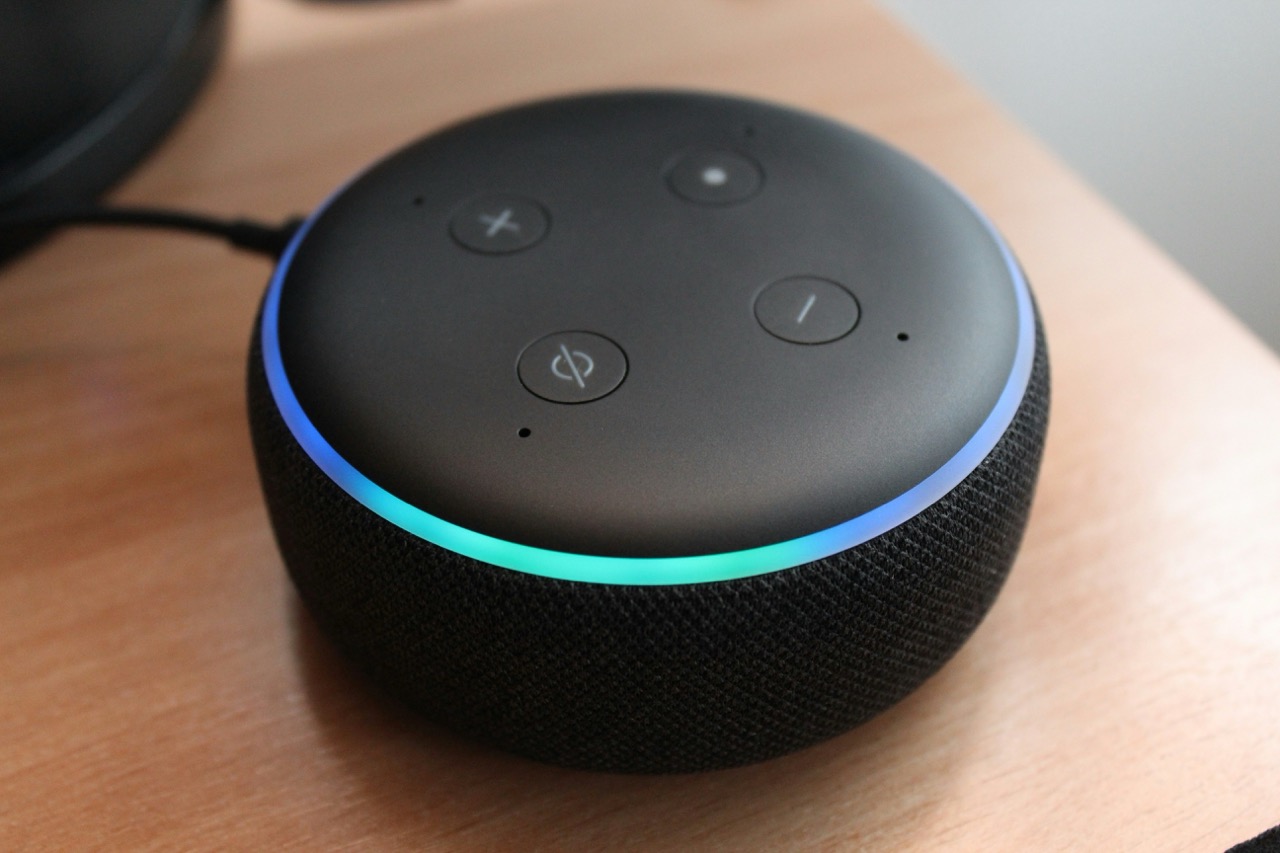In recent years, the rise of smart under-desk treadmills has revolutionized the way we think about physical activity in the workplace. These innovative machines allow individuals to integrate walking into their daily routines, often while engaging in tasks that require concentration and focus. As remote work and flexible office environments become more prevalent, the question arises: do these devices genuinely enhance productivity? This article delves into the features of smart under-desk treadmills, the science connecting movement to cognitive performance, and the overall impact on productivity metrics.
Understanding Smart Under-Desk Treadmills and Their Features
Smart under-desk treadmills are designed specifically for use in office settings, featuring a compact design that enables them to fit seamlessly under desks. These treadmills typically come equipped with a range of smart features, including Bluetooth connectivity, mobile app integration, and adjustable speed settings, allowing users to tailor their walking experience to their personal preferences. The design often prioritizes noise reduction, ensuring that the treadmill operates quietly while users are engaged in work tasks.
Many models also include features such as step tracking, distance monitoring, and even calorie counting, which can provide users with real-time feedback on their activity levels. This data can be motivating for individuals aiming to incorporate more movement into their workday, promoting a culture of health and wellness within the workplace. Additionally, the incorporation of ergonomic considerations ensures that users maintain proper posture while walking, reducing the risk of discomfort or injury.
As technology advances, newer iterations of under-desk treadmills are also incorporating AI capabilities to assess user performance and suggest optimal walking speeds based on the type of work being performed. These features not only enhance the user experience but also provide a more integrated approach to health and productivity, making these treadmills appealing to both employees and employers.
The Science Behind Movement and Cognitive Performance
Research has consistently shown that physical movement can positively influence cognitive performance. Studies suggest that engaging in moderate physical activity, such as walking, increases blood flow to the brain, which can enhance attention, memory, and overall cognitive function. The mechanisms behind this improvement are tied to the release of neurotrophic factors that promote neuronal health and the formation of new synapses, ultimately leading to improved mental clarity.
Furthermore, the increase in heart rate during physical activity encourages the release of endorphins, fostering a mood-enhancing effect. This boost in mood can lead to higher motivation levels, increased energy, and reduced symptoms of stress or anxiety—all factors that contribute to a more productive work environment. By using a smart under-desk treadmill, users can maintain a level of physical activity that supports these cognitive benefits without sacrificing focus on work tasks.
However, it is essential to note that the intensity and duration of walking can influence cognitive outcomes. Light to moderate walking is generally associated with positive effects, while high-intensity exercise may distract from focused tasks. Understanding the optimal balance between movement and cognitive load is crucial for leveraging the benefits of under-desk treadmills effectively.
Evaluating Productivity Metrics: Treadmill Users vs. Non-Users
To assess the productivity of under-desk treadmill users compared to non-users, several metrics can be evaluated, including task completion rates, time on task, and overall job satisfaction. Preliminary studies indicate that users of under-desk treadmills often report higher levels of engagement and satisfaction with their work. They tend to complete tasks with greater efficiency, likely attributed to the combination of increased energy levels and improved mood resulting from physical activity.
Moreover, research examining cognitive performance while walking suggests that many individuals can maintain or even enhance their productivity during light to moderate walking. Specific tasks that require creativity and problem-solving may benefit significantly from the stimulation of physical activity, encouraging innovative thinking and idea generation. However, tasks that demand high levels of concentration may experience a decline in performance if walking intensity exceeds the individual’s cognitive capacity.
A comprehensive evaluation should include qualitative feedback from employees who utilize under-desk treadmills, as personal experiences can highlight the subjective aspects of productivity. By analyzing both quantitative metrics and qualitative insights, organizations can effectively gauge the overall impact of smart under-desk treadmills on workplace productivity.
Recommendations for Optimal Use of Under-Desk Treadmills
To maximize the benefits of smart under-desk treadmills, users should start by setting realistic goals regarding their walking routines and work tasks. It is advisable to begin with shorter walking sessions, gradually increasing duration and intensity as comfort levels rise. Users should also consider alternating between sitting and walking, allowing for moments of focused concentration on complex tasks while still incorporating movement throughout the day.
Another important recommendation is to utilize the treadmill’s adjustable speed settings according to the type of work being performed. For instance, slower speeds may be more suitable for tasks that require deep focus, such as writing or data analysis, while faster speeds can be integrated into brainstorming sessions or less cognitively demanding activities. This tailored approach allows users to maintain productivity while benefiting from the advantages of physical movement.
Finally, users should pay attention to ergonomic considerations, ensuring that their workstation is appropriately set up to accommodate both seated and standing positions. This includes adjusting the desk height and monitor position to prevent strain, which can undermine the productivity benefits gained from walking. By following these recommendations, individuals can better integrate smart under-desk treadmills into their daily routines and optimize their productivity levels.
In conclusion, smart under-desk treadmills represent an innovative solution to the challenges of sedentary work environments. The combination of physical movement and cognitive performance enhancement offers the potential for improved productivity. While individual experiences may vary, the overall trends suggest that integrating walking into the workday can foster a more engaged and energetic workforce. By understanding the features, scientific principles, and optimal usage strategies, both employees and organizations can harness the full potential of these modern fitness tools, ultimately contributing to healthier and more productive work environments.










